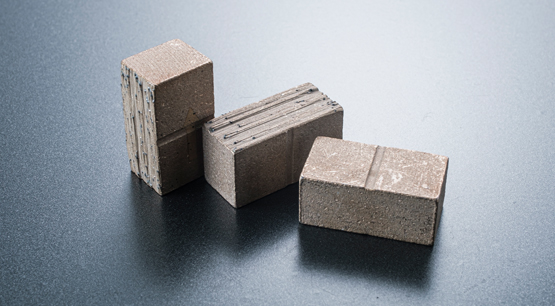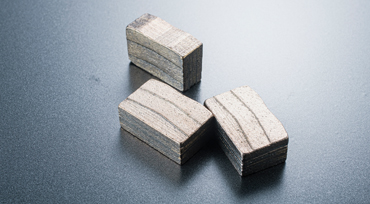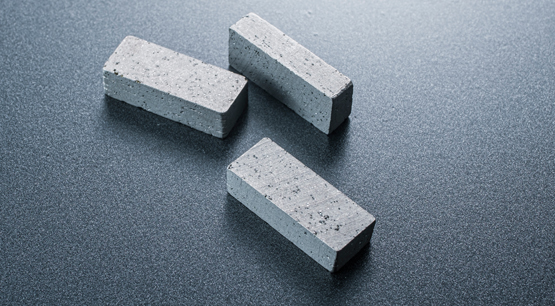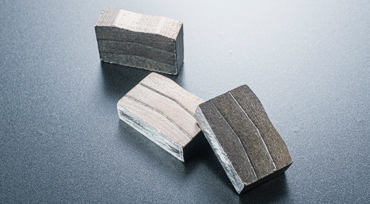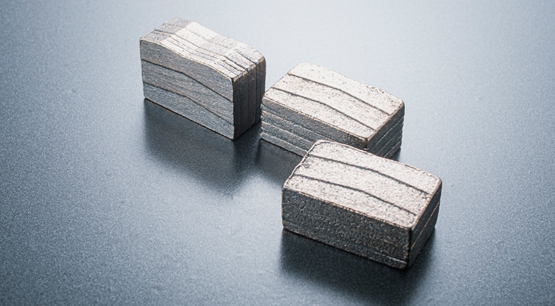Among the processing costs of stone factories, the largest part of the production cost is the cutting cost, and the largest consumable segment is the concern of every stone manufacturer. There are two most typical evaluation directions for the quality of the segment. The first is the sharpness of the segment, and the second is the life of the segment. These two attributes are still in conflict. A segment with a long lifespan must not be the best sharpness, and a segment with a good sharpness must not have a long lifespan. However, a segment with a long service life can definitely save the cutting cost of the segment. Especially for developing countries, the wages of personnel are relatively low, and the production cost mainly lies in the actual cutting quantity of the diamond segment.
Therefore, it is very important to choose a wear-resistant segment product, so how to choose a very good wear-resistant segment? Is it through the naked eye? Or through someone else's recommendation? This is not the case. For example, I have a client, a stone factory in Pakistan. Their company mainly cuts local marble products. Since their factory is far away from some big cities like Peshawar, Islamabad, and Karachi, When he asked me to buy a marble wear-resistant segment, based on past experience, I recommended to him a good marble wear-resistant segment used in other cities in Pakistan, but he did not use it well. Later, After two tests, he provided accurate test data, and when it was sent to him for the fourth time, he was sure that it was the wear-resistant segment he was looking for.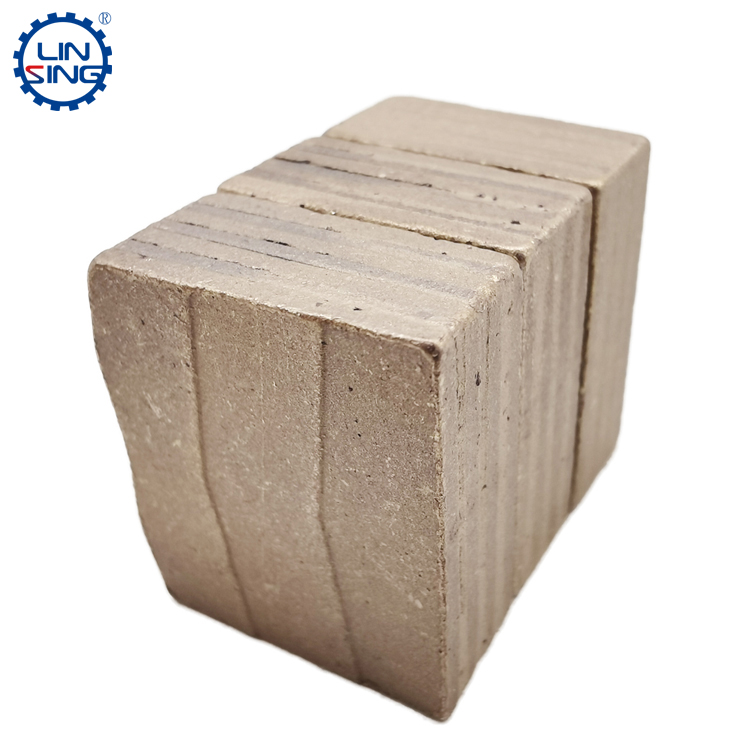
This matter shows that wear resistance is only a result of comparison, so each customer has different requirements and perceptions of wear resistance. It requires continuous cooperation and coordination between the segment manufacturer and the stone factory, and then through the two side continuous efforts, we can formulate an optimal formula suitable for stone factories.
In the actual test process, the use process of the segment is relatively long, especially for the segment exported to foreign countries, the transportation time is very long. During the use of the segment, if the problem is found quickly, the speed of solving the problem will be accelerated, so there is also a wear calculation of the segment, which requires the cooperation of the stone factory.
In fact, this calculation process is very simple, we complete the test of the segment consumption in 6 steps.
1: First, after the segment is welded on the saw blade, we need to select several test points of the segment and mark them with a water-based pen. Generally, we can choose 5-10 points and mark 1-10 numbers respectively, and measure the height of the segment of these numbers. At this time, since the segment is not consumed, try to measure the height of the middle part.
2: After 1-7 days of cutting the stone correctly, if it is sandstone, 1-2 days is enough, if it is soft marble, it is best to cut it for more than 5 days. The measurement method is to use a vernier caliper to measure the three sets of data on the left and right sides of the marked mark and the middle point, and judge whether the segment has problems such as high and low layers and eccentric grinding.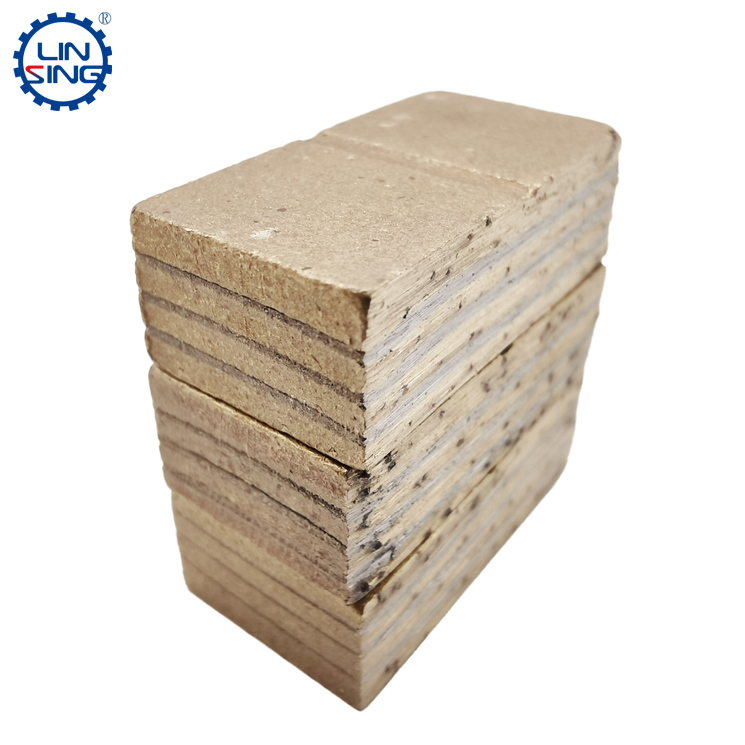
3: The middle data shall prevail. If the card does not allow the middle point data, the middle value is determined by averaging the data on the left and right sides, and finally there will be 5-10 sets of middle value data.
4: Subtract the final data from the initial data to get the remaining data of five sets of segments, and finally average these data to get a more reasonable segment consumption height. This is the method of measuring the wear of the segment, but such separate consumption is related to the number of days. The same segment works in the same cycle, and the difference in consumption is the embodiment of the wear value.
However, in all countries and regions, the wear value should be combined with the square number of the cut stone. They take the cutting number of the entire segment as the reference value, which will make the wear condition of the segment more obvious.
S=(H-2) ×S1÷H1
5: Establish an equation: divide the height of the consumed segment (H1) by the square of the cut stone (S1) is equal to the height of the entire segment (H) minus 2 mm The remaining segment height is divided by the square of the cut stone (S). finally
S=(H-2) ×S1÷H1
6: In the end, no matter which method is used to calculate, the relevant information of the wear resistance of the segment can be calculated.




